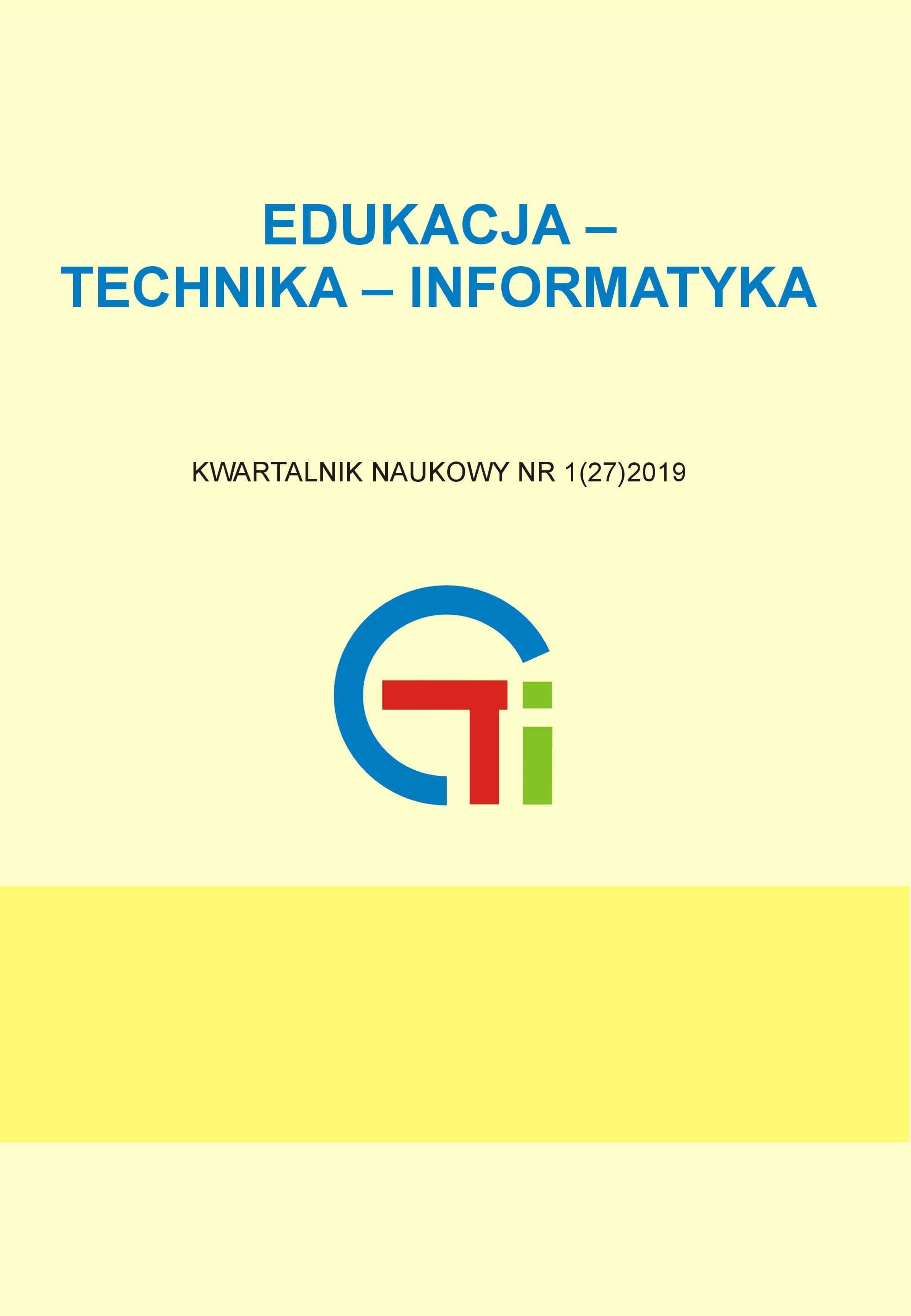Measurement of Angular Parameters and Velocities of the Upper Limb Segments in Tennis Using Inertial Motion Sensors for the Purposes of the Didactic Process
DOI:
https://doi.org/10.15584/eti.2019.1.41Keywords:
biomechanics, motioncaputre, IMU, tennis, didacticsAbstract
The aim of the study is to show differences in accurate and missed forehand and backhand strokes in tennis, as a feedback for coaches, teachers and players. The main assumptions of the study are to show the values of angular parameters and velocity, as well as to analyse every phase of a stroke. The priority in the study is to show how the abovementioned parameters affect the accuracy and velocity of forehand and backhand strokes. Material and research methods: A professional tennis player was tested using the individual case method and kinematic analysis. The motion capture system (MCS) was used for research purposes using inertial motion sensors. Results: Strokes were analysed to demonstrate the angular parameters and velocities of selected upper limb segments. Three upper limb segments were taken into account, i.e. the right hand, the right forearm and the right shoulder. The results of the angles and velocities achieved by individual segments were analysed in three axes of the body: X, Y, Z. The results concern the beginning of the acceleration phase, the end of the acceleration phase, i.e. the moment of impact, and the final, follow-through phase. Conclusion: The results show that a stroke can be accurate despite a significant change in angle and velocity. This situation applies to both forehand and backhand strokes.Downloads
Published
2019-03-30
How to Cite
Wołoszyn, F. (2019). Measurement of Angular Parameters and Velocities of the Upper Limb Segments in Tennis Using Inertial Motion Sensors for the Purposes of the Didactic Process. Journal of Education, Technology and Computer Science, 27(1), 302–309. https://doi.org/10.15584/eti.2019.1.41
Issue
Section
SELECTED PROBLEMS OF IT USAGE IN THE INTEGRATIVE AND INCLUSIVE ACTIVITIES
License
Copyright (c) 2019 Journal of Education, Technology and Computer Science

This work is licensed under a Creative Commons Attribution-ShareAlike 4.0 International License.

